Refine listing
Actions for selected content:
2251 results in Cambridge Elements
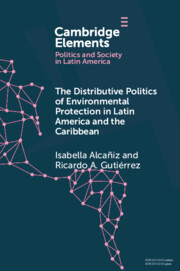
The Distributive Politics of Environmental Protection in Latin America and the Caribbean
-
- Published online:
- 01 August 2022
- Print publication:
- 18 August 2022
-
- Element
- Export citation
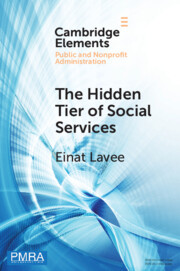
The Hidden Tier of Social Services
- Frontline Workers' Provision of Informal Resources in the Public, Nonprofit, and Private Sectors
-
- Published online:
- 01 August 2022
- Print publication:
- 18 August 2022
-
- Element
- Export citation
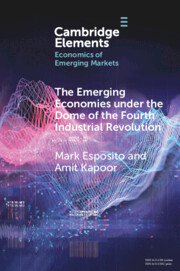
The Emerging Economies under the Dome of the Fourth Industrial Revolution
-
- Published online:
- 28 July 2022
- Print publication:
- 11 August 2022
-
- Element
- Export citation
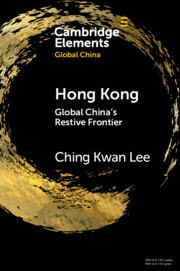
Hong Kong
- Global China's Restive Frontier
-
- Published online:
- 27 July 2022
- Print publication:
- 08 September 2022
-
- Element
-
- You have access
- Open access
- HTML
- Export citation
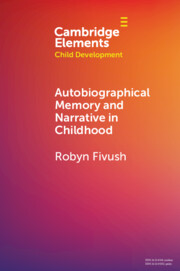
Autobiographical Memory and Narrative in Childhood
-
- Published online:
- 26 July 2022
- Print publication:
- 18 August 2022
-
- Element
- Export citation
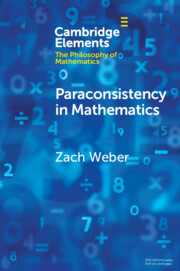
Paraconsistency in Mathematics
-
- Published online:
- 25 July 2022
- Print publication:
- 11 August 2022
-
- Element
- Export citation
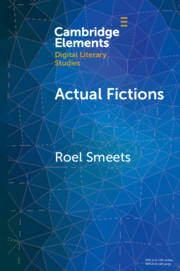
Actual Fictions
- Literary Representation and Character Network Analysis
-
- Published online:
- 23 July 2022
- Print publication:
- 11 August 2022
-
- Element
- Export citation
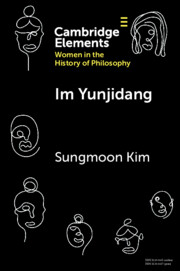
Im Yunjidang
-
- Published online:
- 22 July 2022
- Print publication:
- 11 August 2022
-
- Element
- Export citation
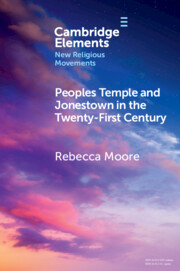
Peoples Temple and Jonestown in the Twenty-First Century
-
- Published online:
- 22 July 2022
- Print publication:
- 11 August 2022
-
- Element
- Export citation
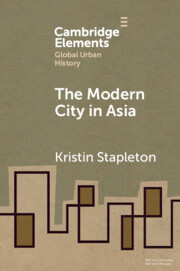
The Modern City in Asia
-
- Published online:
- 22 July 2022
- Print publication:
- 11 August 2022
-
- Element
- Export citation
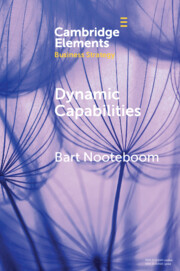
Dynamic Capabilities
- History and an Extension
-
- Published online:
- 22 July 2022
- Print publication:
- 11 August 2022
-
- Element
- Export citation
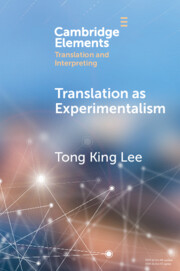
Translation as Experimentalism
- Exploring Play in Poetics
-
- Published online:
- 21 July 2022
- Print publication:
- 28 July 2022
-
- Element
-
- You have access
- Open access
- HTML
- Export citation
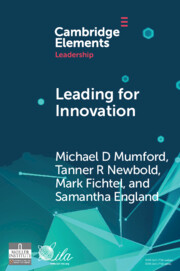
Leading for Innovation
- Leadership Actions to Enhance Follower Creativity
-
- Published online:
- 21 July 2022
- Print publication:
- 28 July 2022
-
- Element
- Export citation
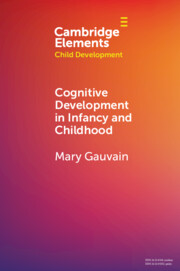
Cognitive Development in Infancy and Childhood
-
- Published online:
- 21 July 2022
- Print publication:
- 11 August 2022
-
- Element
- Export citation
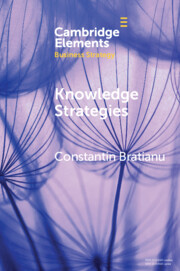
Knowledge Strategies
-
- Published online:
- 21 July 2022
- Print publication:
- 11 August 2022
-
- Element
- Export citation
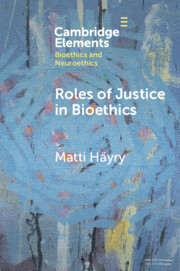
Roles of Justice in Bioethics
-
- Published online:
- 19 July 2022
- Print publication:
- 11 August 2022
-
- Element
-
- You have access
- Open access
- HTML
- Export citation

Responsibility for Health
-
- Published online:
- 19 July 2022
- Print publication:
- 11 August 2022
-
- Element
- Export citation

Editing Fiction
- Three Case Studies from Post-war Australia
-
- Published online:
- 15 July 2022
- Print publication:
- 04 August 2022
-
- Element
- Export citation

Harnessing Sovereign Wealth Funds in Emerging Economies toward Sustainable Development
-
- Published online:
- 15 July 2022
- Print publication:
- 04 August 2022
-
- Element
- Export citation

Global China as Method
-
- Published online:
- 15 July 2022
- Print publication:
- 25 August 2022
-
- Element
-
- You have access
- Open access
- HTML
- Export citation
